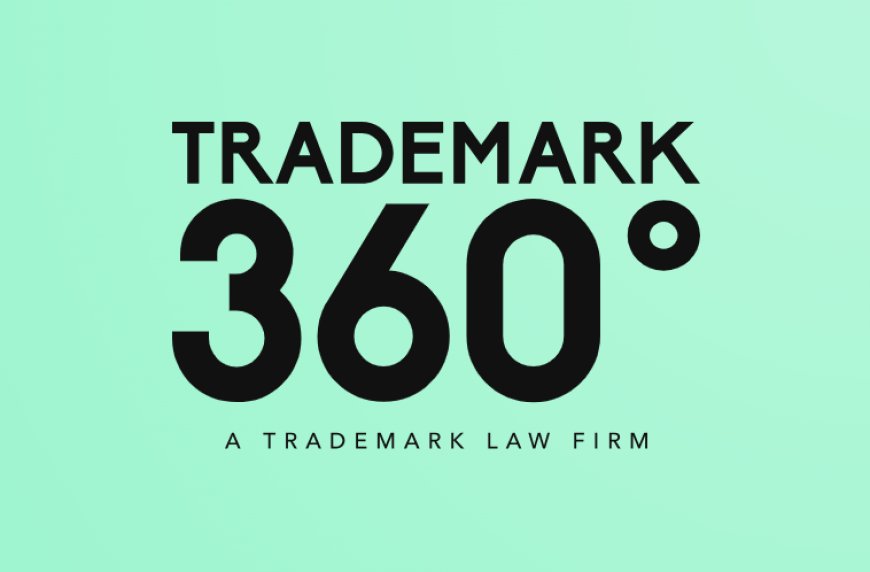Understanding the Importance of a Coexistence Agreement in Trademark Protection
That’s why we help businesses craft Coexistence Agreements that are legally sound, enforceable, and aligned with their long-term branding strategy.

In todays increasingly saturated market, where businesses compete not just on products but on identity and brand recognition, trademarks play a vital role. However, conflicts often arise when two businesses use similar or identical marks. These disputes can be time-consuming, costly, and damaging to reputations. This is where aCoexistence Agreement becomes a smart, strategic solution.
A Coexistence Agreement is a legal contract between two parties who use similar trademarks. Rather than engaging in lengthy litigation, they choose to define the boundaries of trademark usage to avoid infringing on each others rights. These agreements provide clarity, protection, and mutual respectensuring both businesses can operate without confusion or legal obstacles.
Why Coexistence Agreements Matter
At Trademark 360, we understand that your brand is more than just a logoits your reputation, your market position, and your promise to customers. Thats why we help businesses craft Coexistence Agreements that are legally sound, enforceable, and aligned with their long-term branding strategy.
These agreements are especially important when two similar marks already exist in the marketplace or when one party plans to launch a brand that could potentially conflict with an existing trademark. Rather than risk denial of a trademark application or future legal action, a coexistence agreement provides a proactive and peaceful resolution.
Key Benefits of a Coexistence Agreement
1. Avoid Trademark Disputes
Litigation is expensive, time-consuming, and often damaging to both parties involved. One of the primary benefits of a Coexistence Agreement is its ability to resolve conflicts outside the courtroom. Instead of battling it out through legal proceedings, both parties agree on terms that allow them to coexist peacefully in the marketplace.
By resolving issues early, businesses can focus on growth and brand development instead of legal defense. A well-drafted agreement reduces uncertainty and offers peace of mind.
2. Define Clear Usage Boundaries
A Coexistence Agreement outlines exactly how each party can use their trademarkwhether its by geographic region, industry, product category, or marketing channel. These usage limitations help prevent customer confusion and protect both companies brand identity.
For example, if two companies use a similar mark but one operates in tech and the other in fashion, a coexistence agreement might state that each can continue using the mark within their own sector. This clarity not only preserves consumer trust but also strengthens market presence.
3. Support Trademark Applications
Submitting a Coexistence Agreement during a trademark application process can increase the likelihood of approval, especially when a potential conflict is identified by the USPTO (U.S. Patent and Trademark Office). If both parties agree that their marks can coexist without confusion, the agreement acts as evidence to support the new application.
This helps streamline the registration process, minimizes objections or office actions, and boosts your chances of securing your trademark rights.
4. Preserve Market Presence
Rebranding due to a trademark dispute can be a costly and disruptive process. By entering into a Coexistence Agreement, companies can continue using their existing branding strategies without fear of forced changes or future legal action.
These agreements help protect your current investment in brand recognition, marketing campaigns, domain names, and moreall while respecting the rights of others.
Crafting a Strong Coexistence Agreement
Creating a legally enforceable Coexistence Agreement requires expertise in both intellectual property law and strategic brand management. At Trademark 360, our legal team ensures that every agreement:
-
Clearly defines the rights and obligations of each party
-
Includes dispute resolution provisions
-
Aligns with the business goals and future growth plans
-
Meets the legal standards of the relevant jurisdictions
-
Protects against future trademark conflicts
Whether youre a startup entering a crowded market or an established brand facing potential conflicts, we ensure your coexistence strategy is proactive, practical, and protective.
When to Consider a Coexistence Agreement
-
Youve received a cease-and-desist letter over a trademark but still want to use your brand.
-
You are applying for a new trademark and foresee objections from an existing mark holder.
-
Youve discovered another company using a similar mark, but litigation seems excessive.
-
You plan to expand into a new market where a similar trademark already exists.
In all these scenarios, a Coexistence Agreement can offer a win-win resolution that saves time, money, and brand equity.
Final Thoughts
Trademark conflicts dont always have to end in court. A Coexistence Agreement offers a forward-thinking approach that empowers both parties to continue operating with confidence. At Trademark 360, we help you resolve conflicts through legal clarity and mutual respect, ensuring your brand is protected today and well-positioned for the future.
If youre navigating a potential trademark issue or simply want to ensure your brand is safeguarded, contact Trademark 360 to explore how a Coexistence Agreement can help you move forwardstrategically and securely.











































